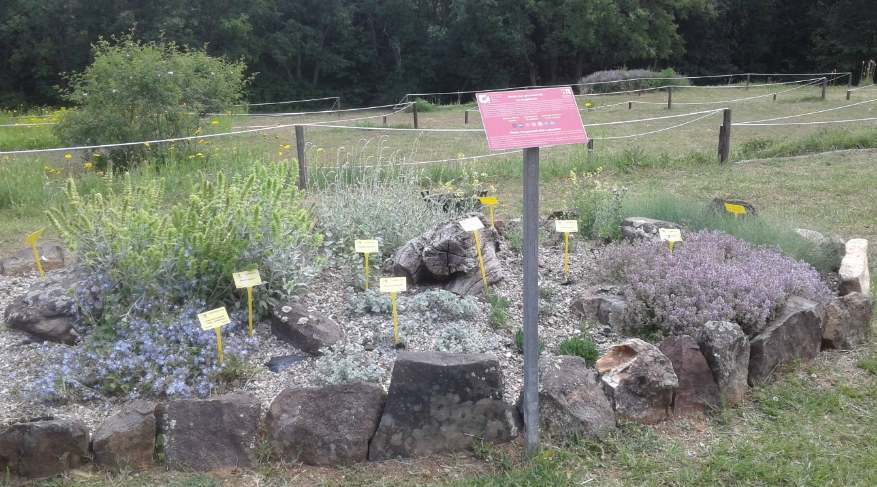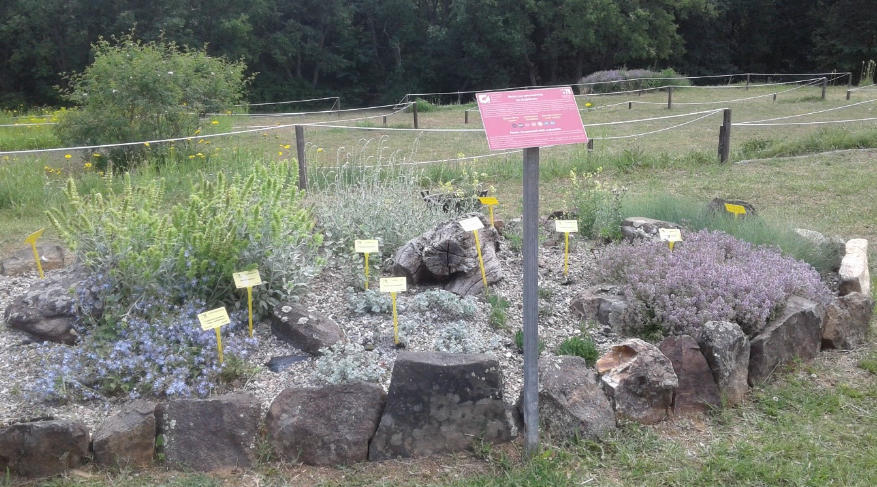Genetic and genomic studies of native medicinal and aromatic plants maintained in botanical and living collections in Greece: the examples of Origanum SPP.

-
Status of project
Completed -
Region
Europe -
Country
Greece -
Programme
BGCI -
Workstream
Saving Plants -
Topic
Plant Conservation
The Balkan Botanic Gardens of Kroussia (BBGK), part of Greece’s Institute of Plant Breeding and Genetic Resources (IPBGR), is dedicated to the conservation of native plants of Greece and the Balkans, as well as raising the environmental awareness of the public. Focusing on the propagation and ex situ conservation of the Important Plant Species (“IPS first policy”), over 150 plant collecting expeditions have generated more than 3,700 accessions collected from the wild and now under conservation at the IPBGR and BBGK.
Case study: Origanum SPP (Oregano).
This Mediterranean species is extremely variable and polymorphic, hence effective selection and breeding are key to a quality assurance system. The increasing use of molecular markers to assess the genetic variability between oregano species and populations has the potential to influence the development of conservation strategies for future breeding purposes. Gounaris, Klocke and Katsiotis et al have used DNA fingerprinting and RAPD markers to investigate putative hybrids, heterogeneity within accessions, and germplasm variability within Origanum.

Image credit: BBGK/Institute of Plant Breeding & Genetic Resources
Transcriptomics study has become one of the most active areas of genome research for medicinal and aromatic plants (MAP) species. An interesting approach with potential application in oregano molecular breeding from Meena et al used comparative essential oil profiling and mRNA expression analysis to identify candidate genes in the formation of aromatic compounds. Other studies have detected putative genes for important secondary metabolites as diterpenes (sage), anthocyanins (sweet basil), and flavonoids. Such metabolites represent important target traits for molecular breeding of oregano. The first deep study investigated the biosynthetic pathway of oregano terpes. Crocoll et al were able to identify and characterize seven terpene synthases from two cultivars of O. vulgare.